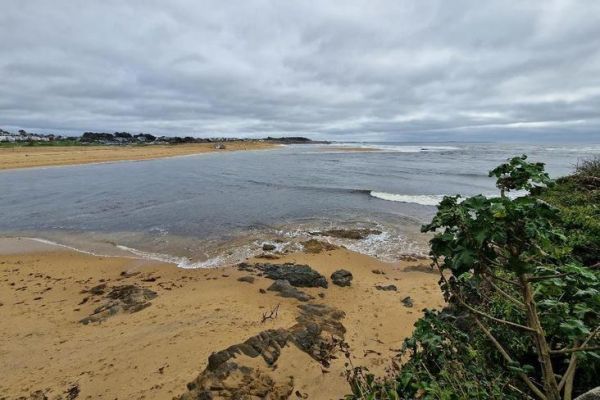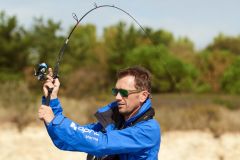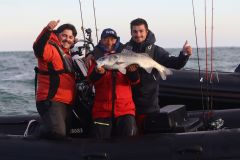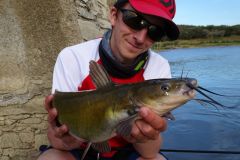How to identify them?
There are 3 ways to identify and locate substrate changes that are directly related to water depth and turbidity.
- The first way is to go to the datashom website and select the substrate layer or activate the substrate definition on your nautical chart. This won't allow you to pinpoint the exact substrate edges you're looking for, but it will enable you to select areas with alternating rock, sand and vegetation.
- The second way, for areas less than 8 meters deep and close to the coast, is to use aerial view sites such as Google earth. Once again, the aim is to identify suitable areas with numerous alternations.
- Finally, in shallow areas, again less than 8-10 m deep, in good weather and with clear water, you can easily see the color changes. The lighter patches correspond to sand and the darker ones to rocks and seaweed. You can then cast as close as possible to the strategic edges and follow the path of your lure.
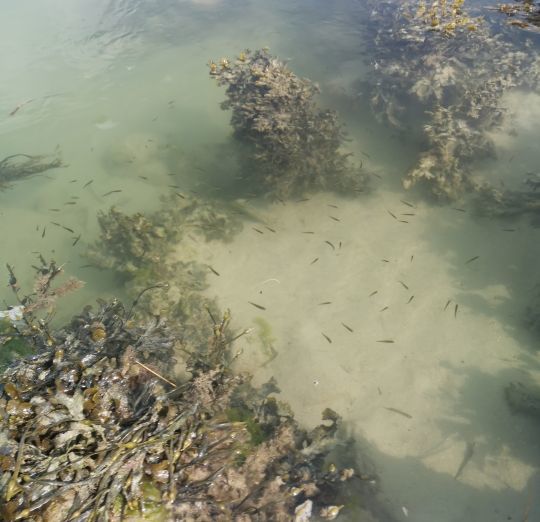
Why look for sea bass in these spots?
Substrate changes are strategic spots for bass fishing for two reasons:
- The first is that the proximity of two different substrates multiplies the food supply and favors prey diversity. Sea bass can feed on crabs and shrimps on a rocky area, and on sand eels on the surrounding sandy patches.
- The second is that, by mimicry, sea bass can lie in wait at the edge of these substrates and surprise prey sailing along or passing from one to the other.

Which ones to fish for?
The most prolific substrate changes are often the rarest. Indeed, in a monotonous, linear zone, any change is potentially fish-bearing, so it is often productive to prospect for the rare patches of rock and algae in the middle of a large sand or gravel zone.
Interesting substrate changes are also those that are particularly numerous and regular on linear, featureless plateaus. In fact, especially on the edges, you'll regularly find large "flats" with very few gradients and changes in relief. In this particular case, the food-holding zones are the edges of the substrate. In clear waters, you'll often find that bites occur when your lure crosses these famous borders.
How do you approach them?
Substrate changes are very easy to fish, and you need to run your lure parallel to them or perpendicular to them, depending on the position of the boat, the current and the casting axes. The general idea, when edges are identifiable in clear water, is to cast well beyond them and be able to cross them.

What techniques and lures for bass?
To exploit areas with many changes of substrate, I like to power fish, either with surface lures or with fast, aggressive swimming fish.
When the bass seem to be present, but shy away from hard lures, then I switch to open water on the fly or linear with soft lures.
Scratch fishing the use of rubberjig and craw is a last resort when no quick approach works.
Report summary
1
Fishing spots: look for open-water hunting for sea bass
2
Finding the right spots for bass fishing: prospecting for wrecks
3
The best spots for sea bass fishing: fringe meadows
4
Sea bass fishing spots: rocky coasts from shore and by boat
5
Finding the right spots for bass fishing: rocky plateaus
6
Sea bass spots: the unmissable, fruitful rock heads
7
Good bar spots: focus on emerging rocks and foam
8
Good spots for bass fishing: rocky points
9
Good spots for bass fishing: oyster beds
10
The best spots for bass fishing: prospect for mouths
11

 /
/ 